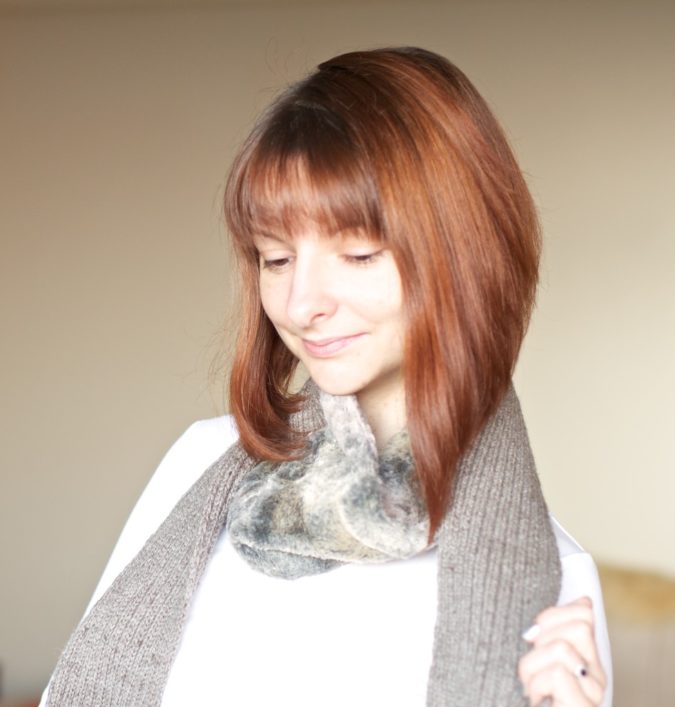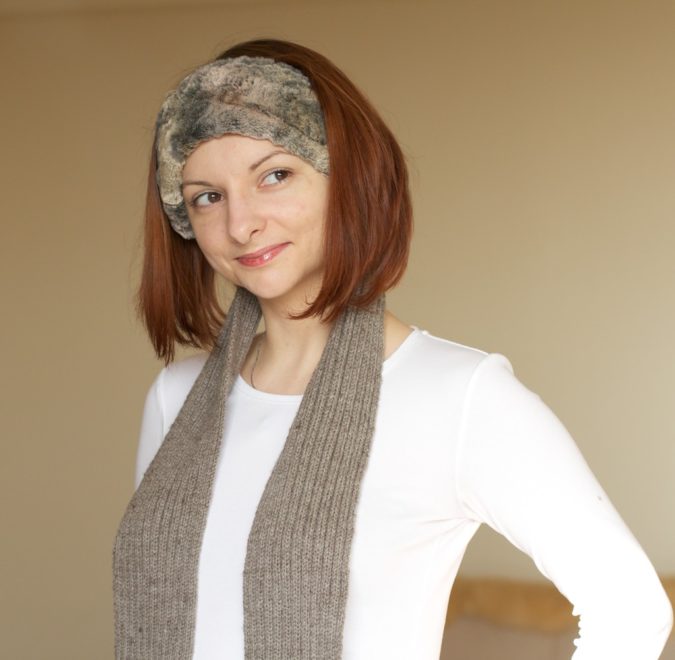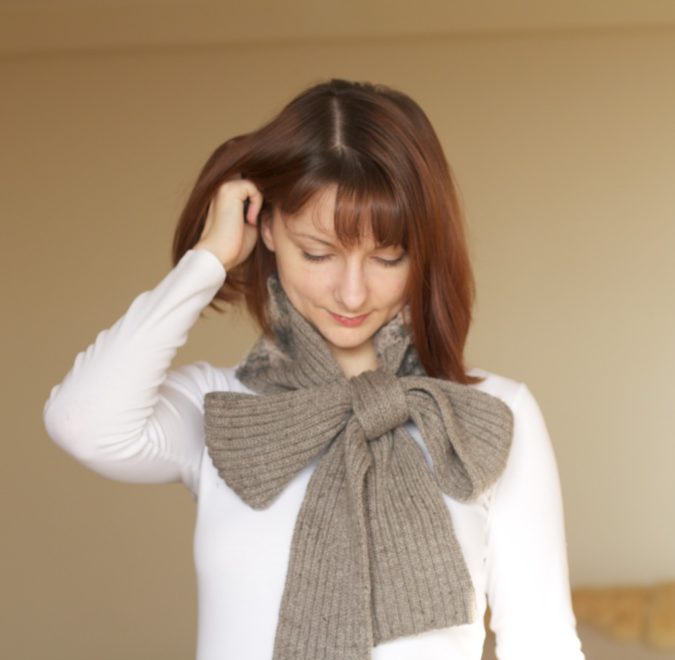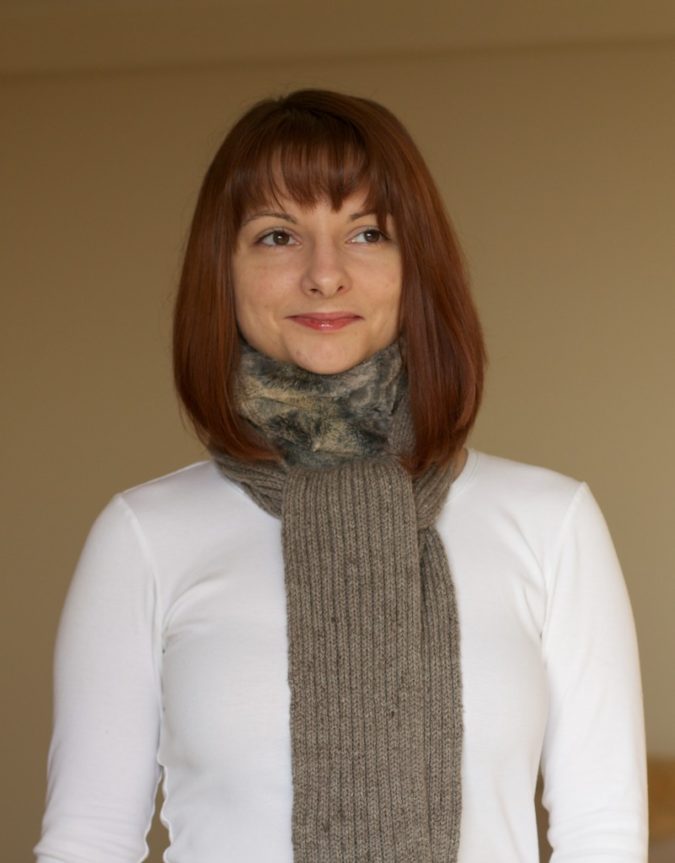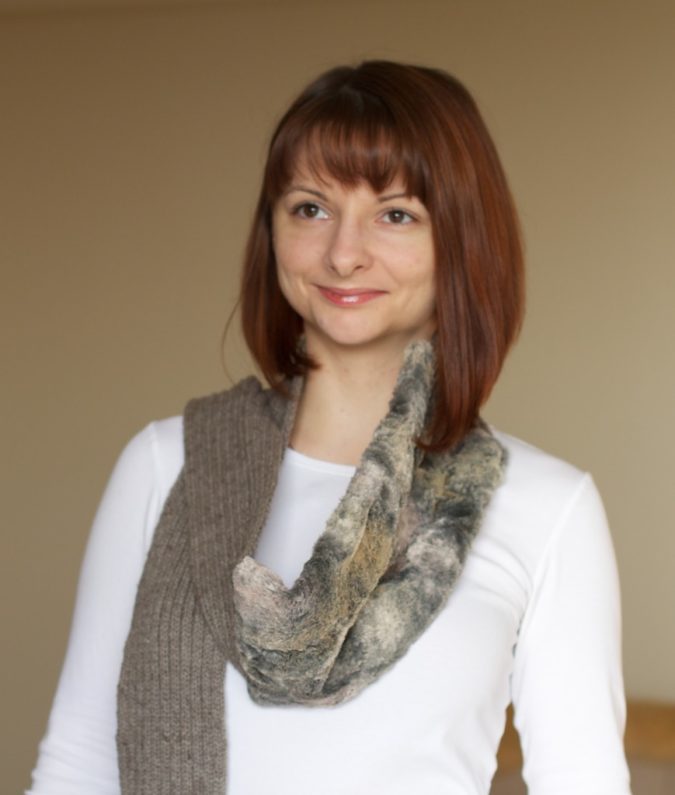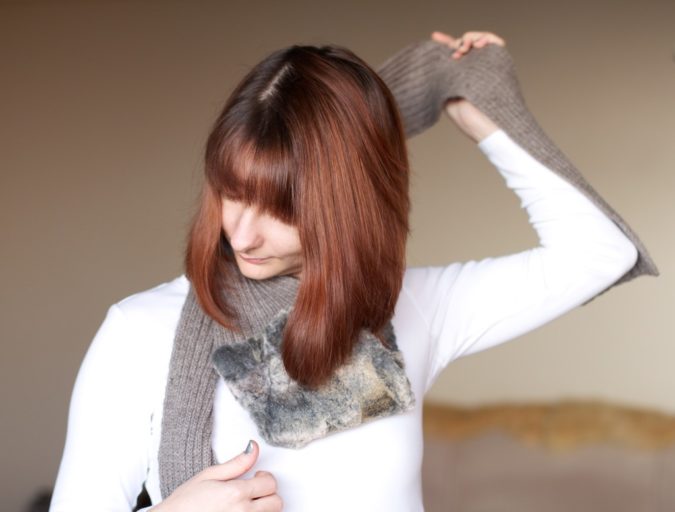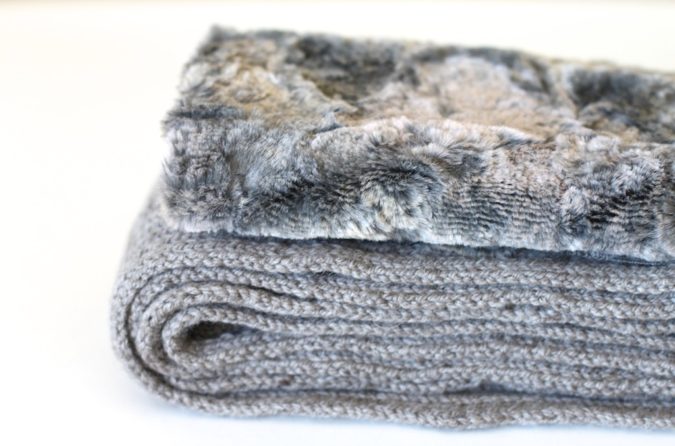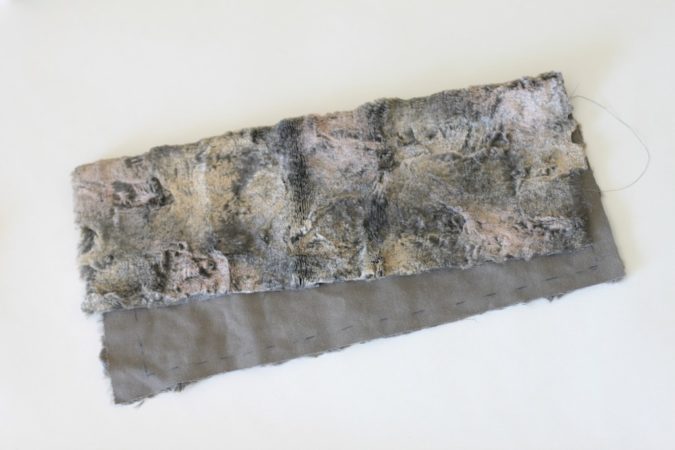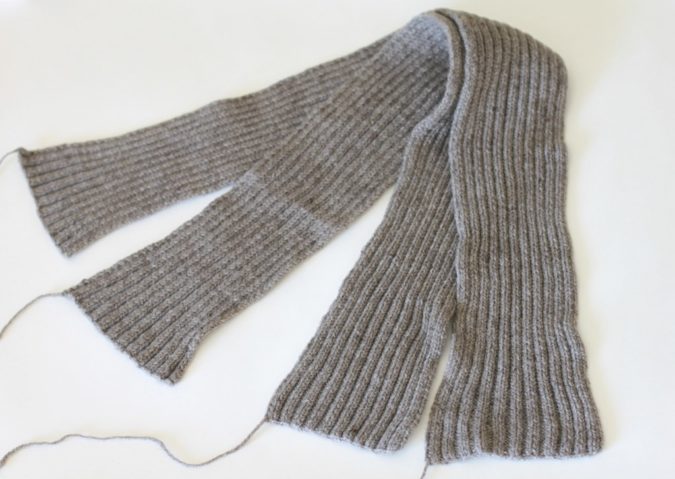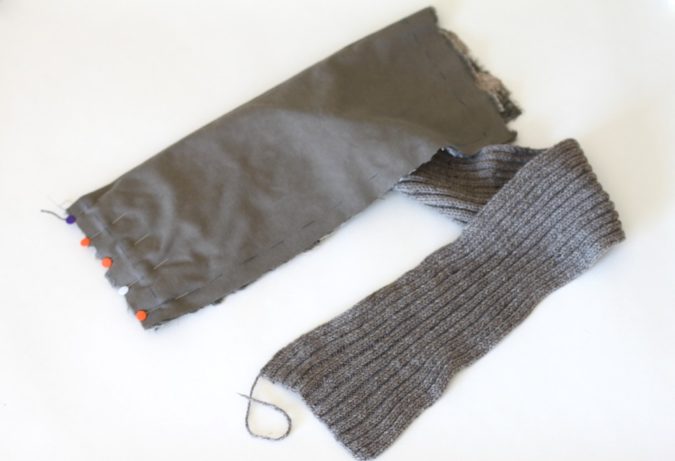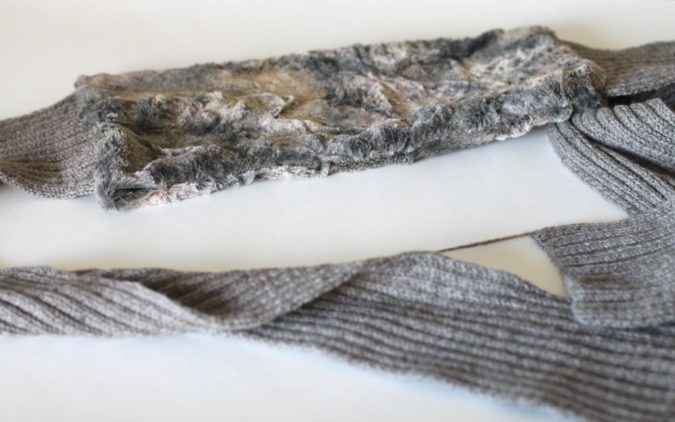Since Shibui Silk has been out for 2 months now and nothing makes me happier than eager knitters itching to put those projects on their needles. There have been lots of questions and inquiries about Francis and today I am going with a little step by step tutorial with photos what makes this tee so innovative – construction.

Francis is worked horizontally and in 2 parts. Beginning with the sleeve and working towards the middle of the front, while both backs are worked using short-row shaping, then overlapping. Yet there are no side seams, no shoulder seams. I know for a fact many knitters do not like seaming knits. I truly believe there are times when seams are a must simply for preserving the structure of your knit garment and you have to account for likely fiber behavior in your yarn after washing and wearing. But at times when I see there is a chance of making seams invisible – I am all for it.
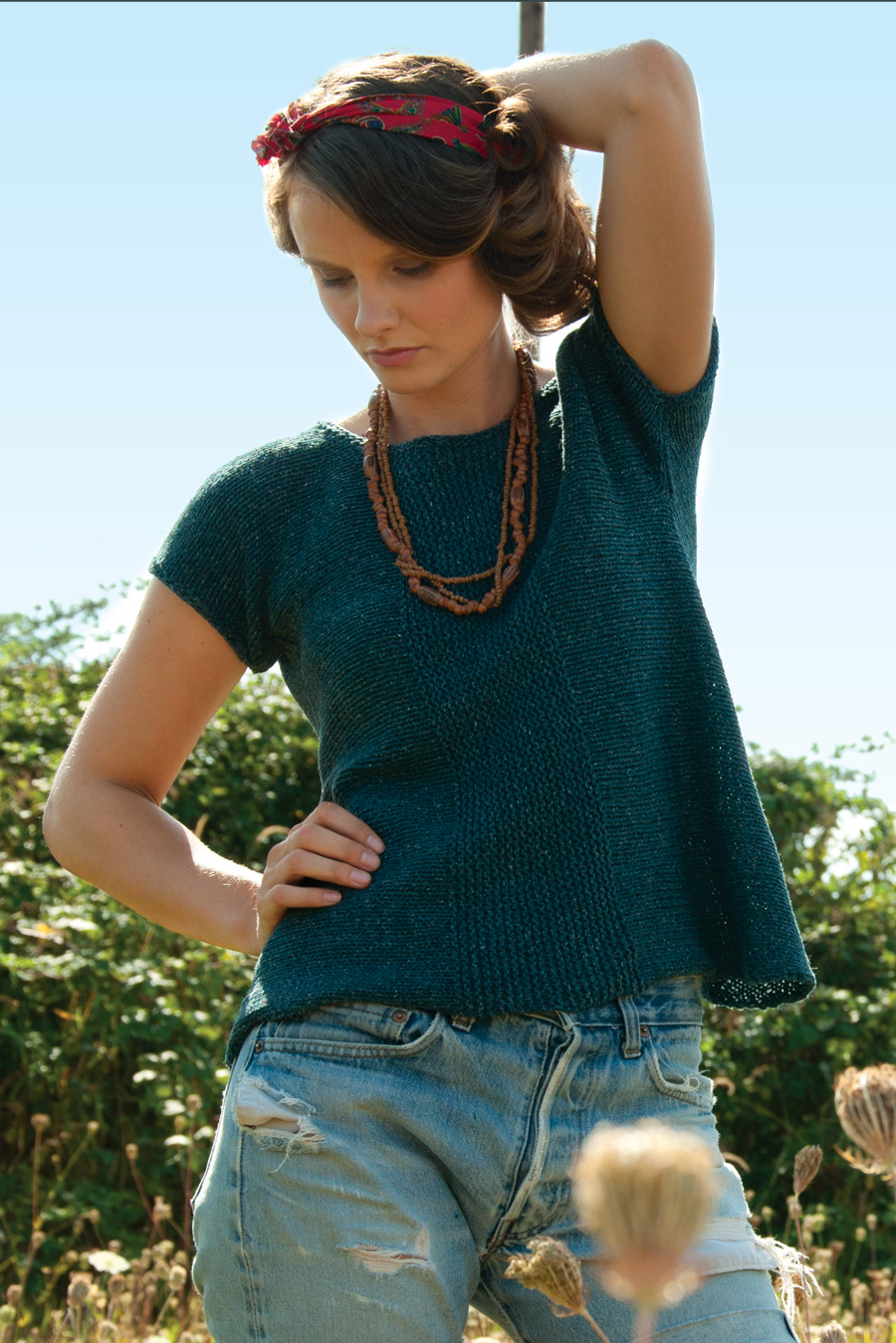
In case of Francis, although body is worked straight along the sides, the opening on the back is very flexible, that helps the Tee to acquire that slightly flared silhouette. And in case if there were side seams, they would naturally be riding up the front and be quite noticeable. Being a detail oriented perfectionist I didn’t want those visible details and Heichi is strong enough yarn to support this tee’s structure, so I have figured out how to make it go away.
1.
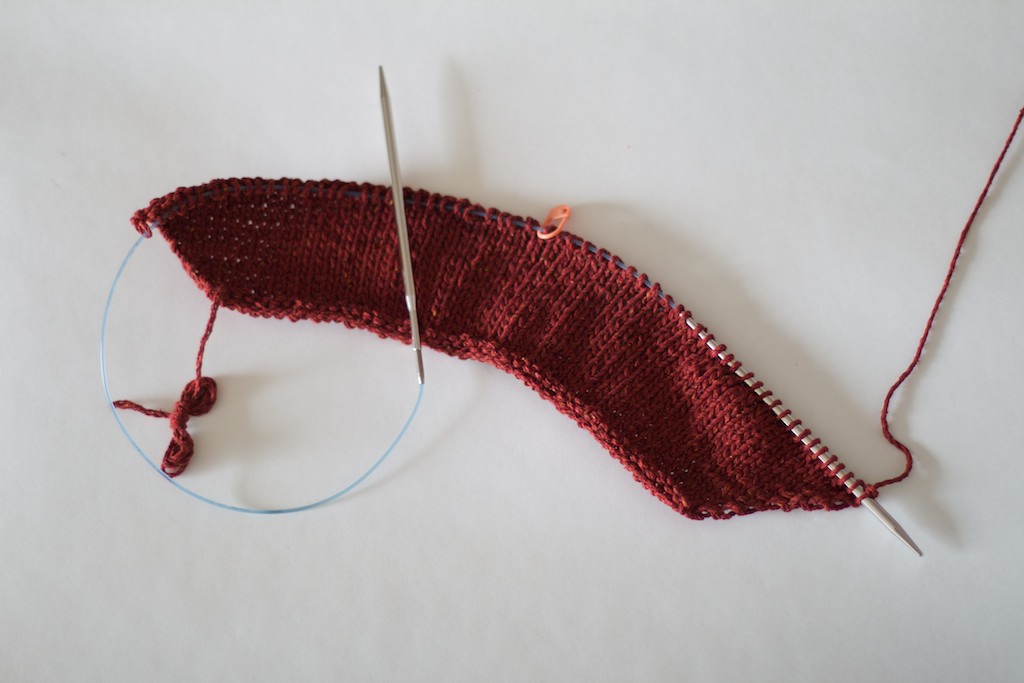
Starting with the sleeve and working your increases all the way till shaping is complete, ending with WS.
2.
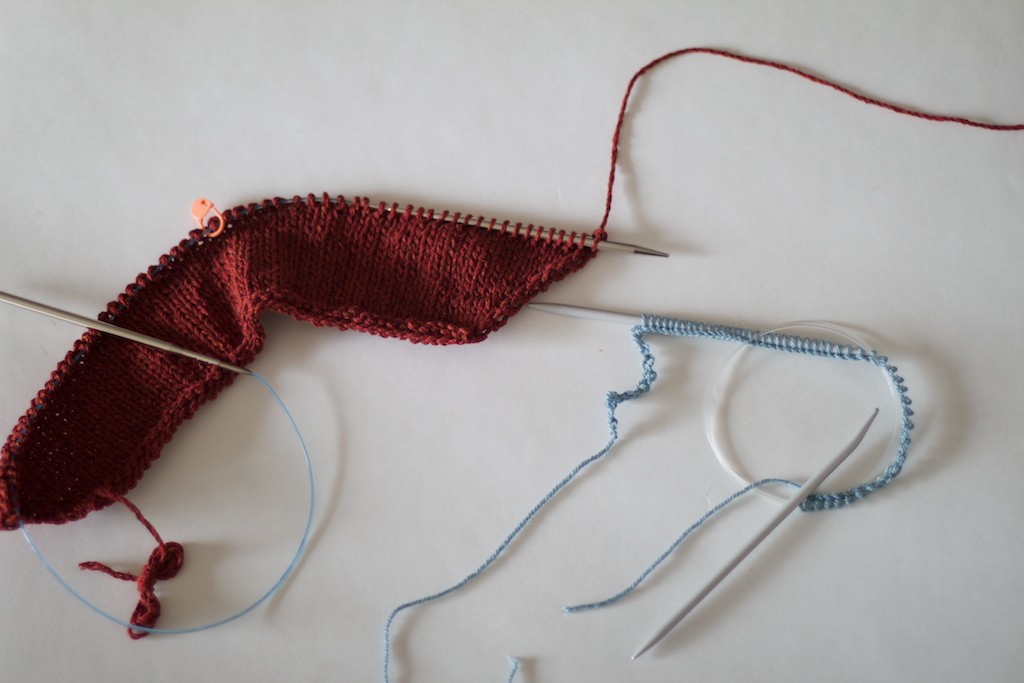
Next step would be casting on stitches with scrap yarn provisionally on a spare needle.
3.
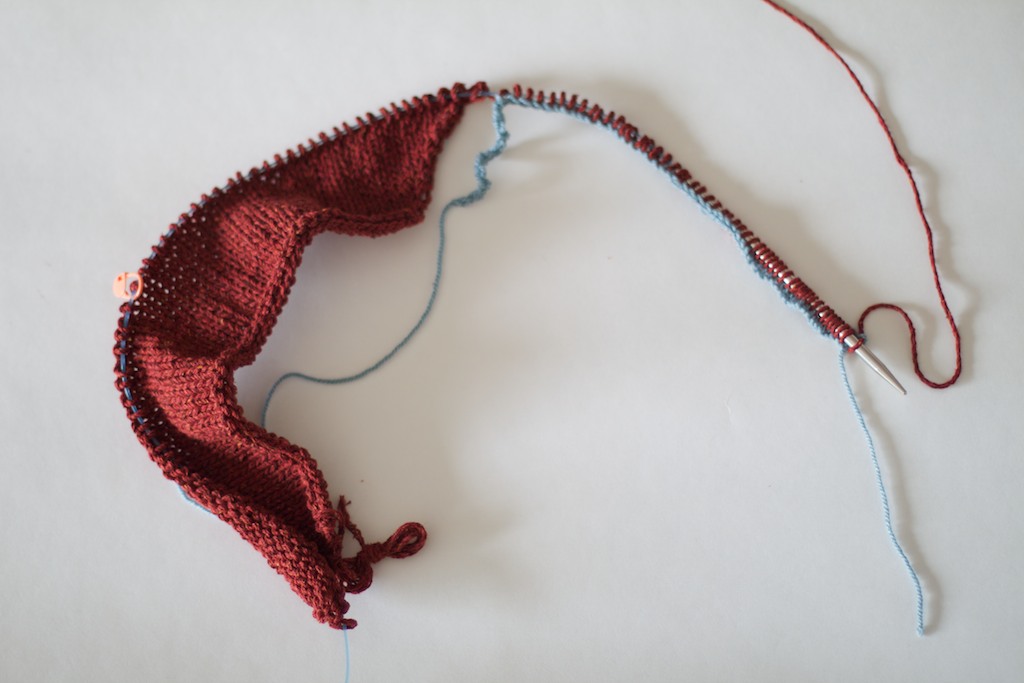
With yarn still attached to your sleeve, purl across freshly cast on stitches.
4.
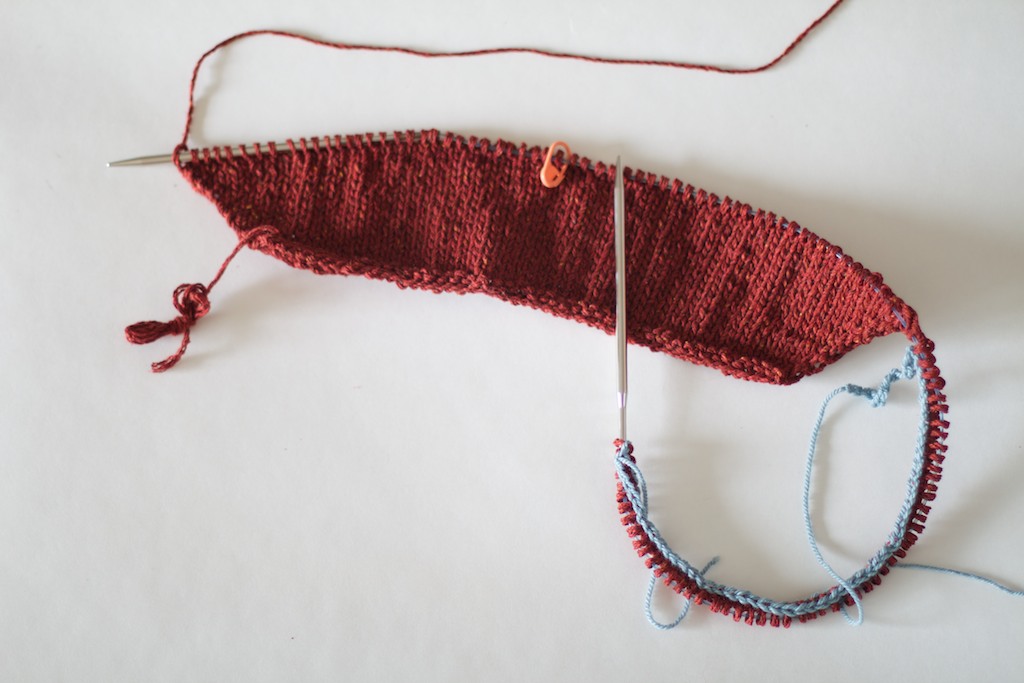
Now working on RS knitting across all of your stitches on the needle to the other end of your sleeve.
5.
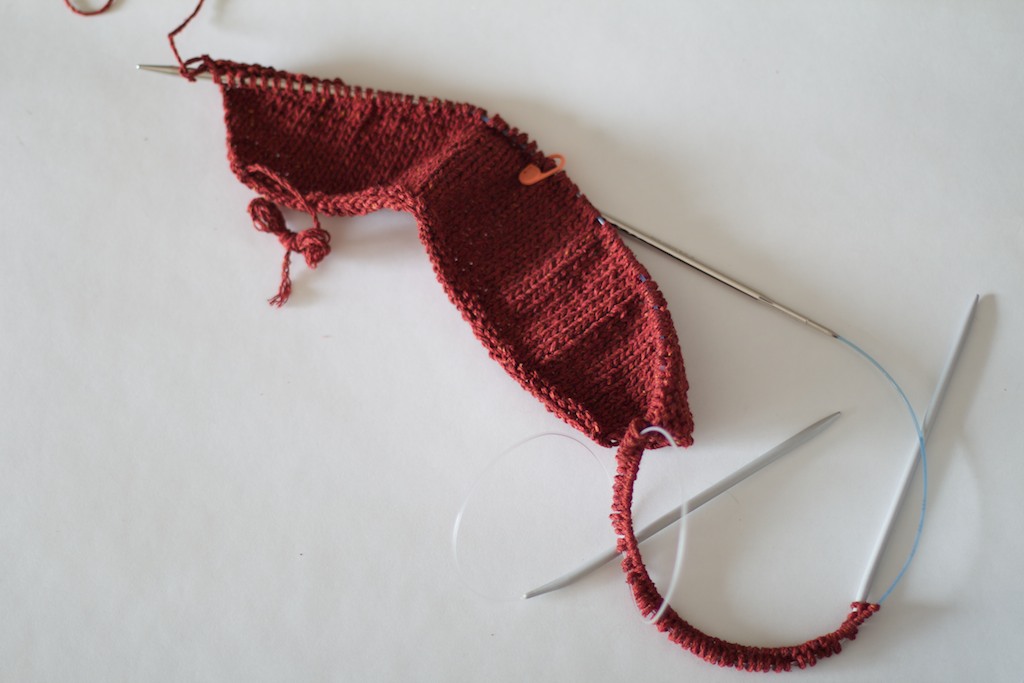
This step is a little bit fussy. But you unravel scrap yarn from provisional cast on and place those stitches on spare needle.
6.
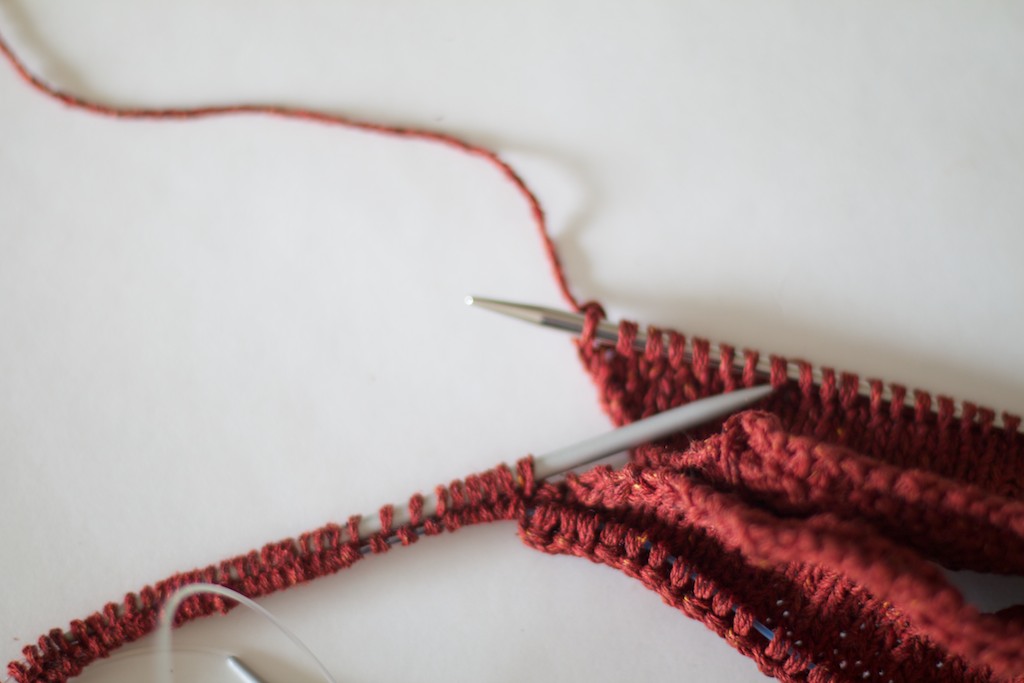
And this is the part that probably caused most confusion. Fold your sleeve slightly in half to bring your work needle to underarm/armpit to meet the beginning of your spare needle. Knit across those stitches on spare needle.
7.

In this step many have found it hard to work just with one long circular needle, so you can split your stitches between working and spare circulars. But what is happening here – you work from front hem up towards the shoulder, across your shoulder/sleeve, down towards the back hem. As one of knitters correctly compared it – you are working a “big upside down U”. And as you progress, you will find more fabric growing and working needle being sufficient in length to accommodate your knitting.
Use your tail to seam the sleeve seam and use excess of it to close up that underarm hole if necessary.
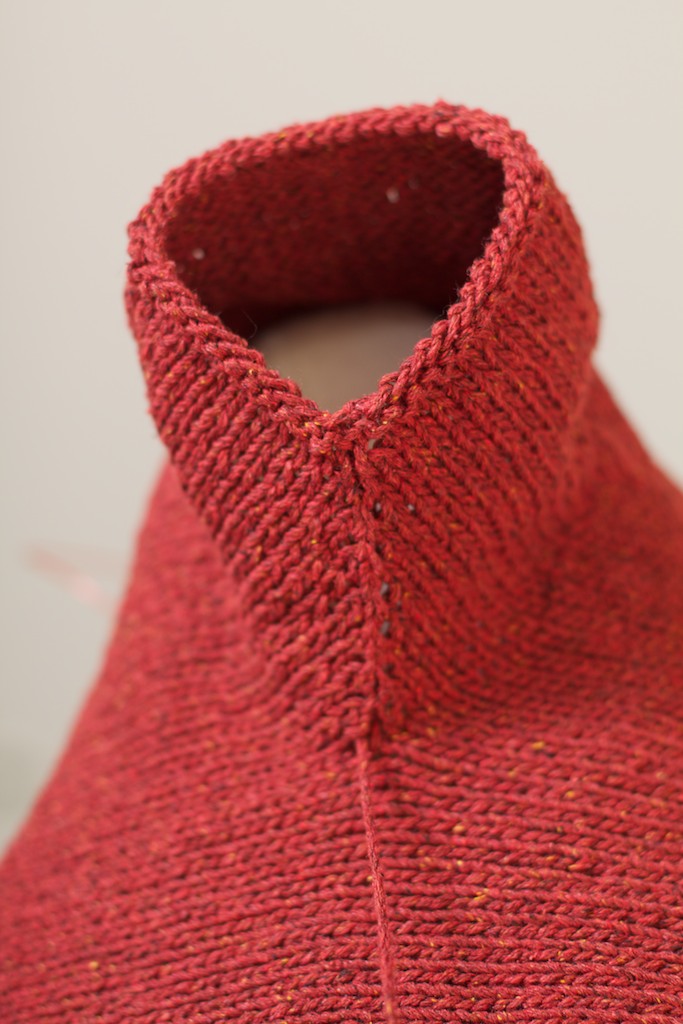

So ultimately, that invisible seam can also be worked in another way. If you are familiar with Eastern or Figure 8 cast-on methods, you can wrap yarn around both ends of spare needle and work it that way too, only from my personal experience I have encountered those methods to be a bit loose after first row and in need of tugging out/adjusting, while Provisional method I used avoids such problem.
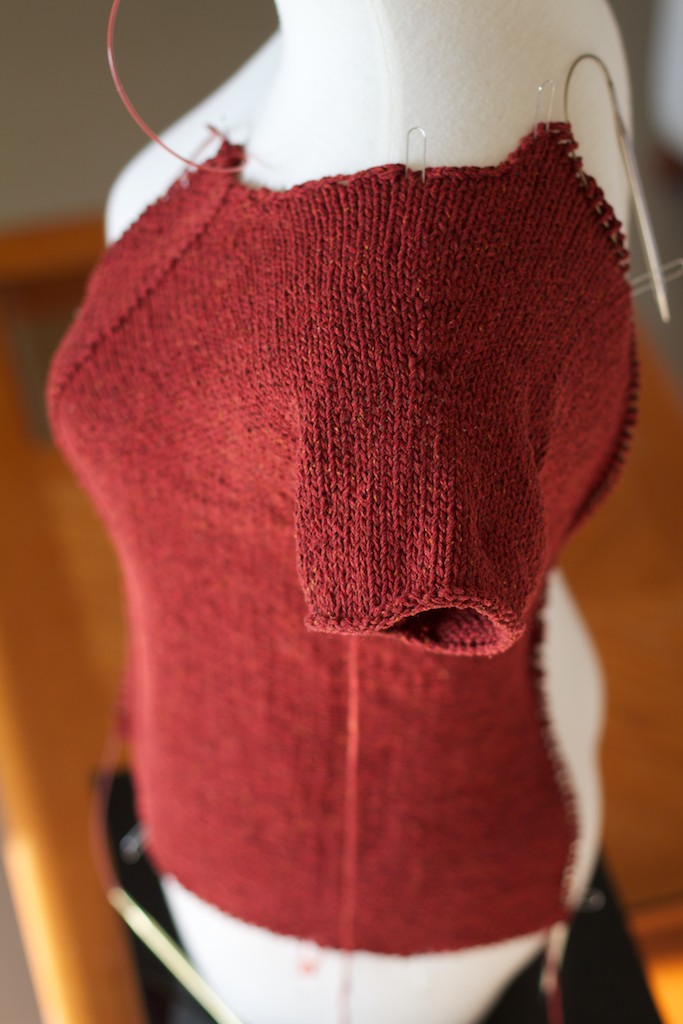
View Francis projects on Ravelry knitters are working on or already completed
Francis in images above is being made in Brick and I can’t wait to finish it. Weather is warming up in Japan so it works as a great season transitional garment, to layer or as is. Heichi comes in array of trendy colors and lots of neutrals as well.
FRANCIS SINGLE PATTERN PDF
8.00

NB!
Couple days ago there has also been some errata discovered and I have updated Ravelry design page for Francis, but I am posting existing errata below as well.
Errata for the printed booklet ONLY:
For Left and Right Back Neck Shaping:
77 (80, 82, 85, 87, 90, 92) sts rem.
Work 31 (33, 37, 41, 43, 45, 49) rows even. Piece should measure approx. 5.25 (5.5, 6.25, 6.75, 7.25, 7.5, 8.25)” from last neck dec.
Bind off for the right back:
Next row (RS): Work to end, picking up and purling wraps tog with wrapped sts as you go. BO all sts kwise on the WS.







































